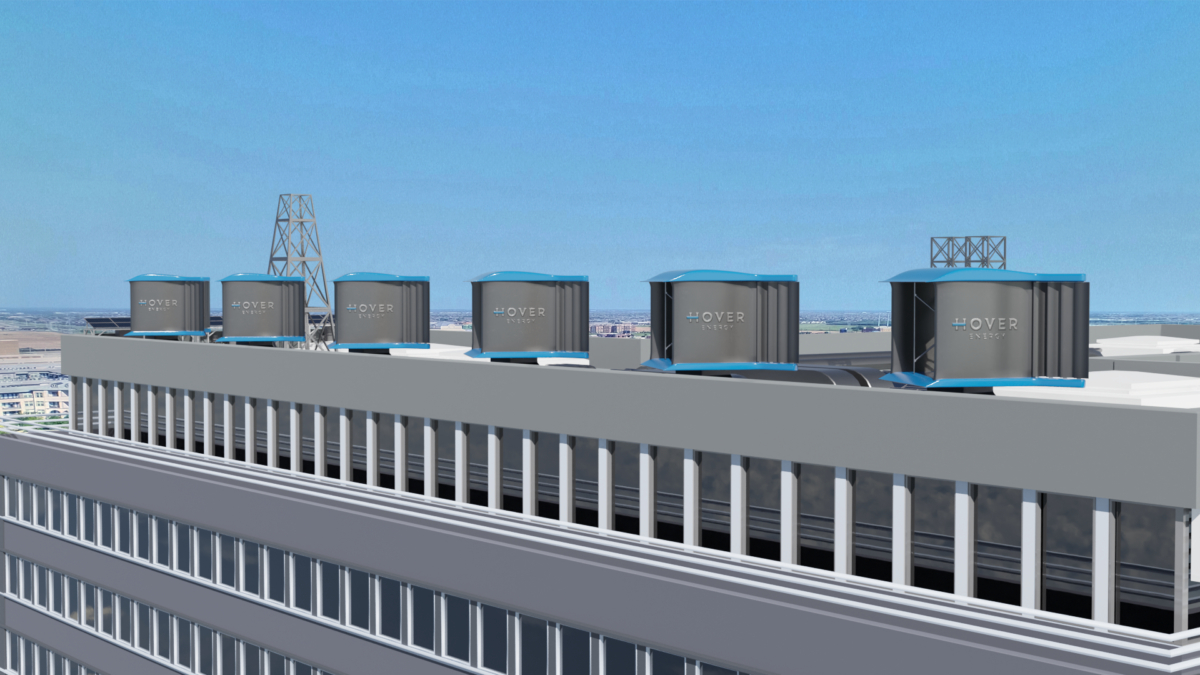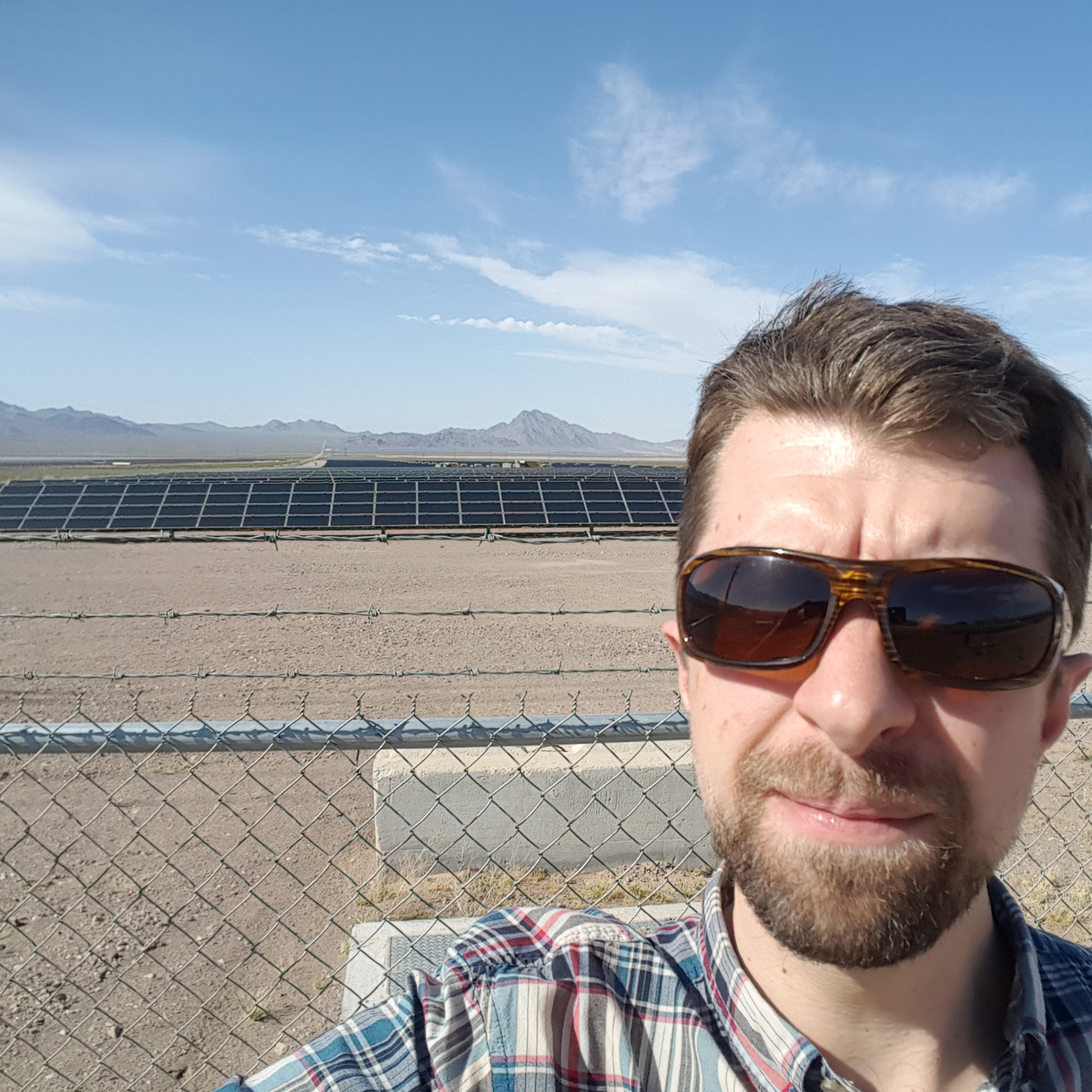Hover Energy, a Dallas-based wind power technology company, will begin commercial scale production in January 2023 of its residential and commercial 36 kW wind-powered microgrid that includes solar and energy storage. Production will take place the company’s facility in Memphis, Tennessee.
The company’s Hover Array System is a rooftop-mounted microgrid combining wind, solar and energy storage with the company’s Integrated Energy Management System (IEMS) software platform. The IEMS system integrates energy generated by both wind (alternating current) and solar (direct current) into a unified 480 volt, 3-phase direct drive power system to provide back-up power to building owners and residential customers.
Hover’s consumer wind turbine is mounted along the windward-facing edges of the rooftop, able to generate continuous power during the day. The company said it produces a multiple of power per square foot that is considerably more than a comparably sized rooftop solar system. The wind technology uses an “aerodynamic design that uses the building as a sail” to deliver commercial scale power.
The company’s complementary on-site solar panels are meanwhile mounted on the rooftop center, away from the shadow of the turbine’s parapet, generating sufficient solar power during a majority of the daily peak afternoon hours.
Initial testing of the Hover Array System shows that the 36 kW system can offset 100% of a building’s power consumption in the majority of cases, although as with any microgrid system, daily time of use is the only setback to providing continuous power around the clock.
“Hover spent nearly 8 years in R&D, followed by two years of rigorous testing at our installation site,” said Chris Griffin, Hover’s president and CEO. “We know of no other wind technology that has survived two hurricanes (i.e. Ian) and is still functioning properly.”
The company is partnered with RealTime Group since 2021 and Jabil since 2017 to test the array system and for the supply of components used in the Hover Array System, respectively. Hover installed its first array system on Jabil’s Strategic Development building in St. Petersburg, Florida in 2021.
The company holds 22 issued or allowed patents to its wind-powered microgrid technology out of 32 U.S. and international patents, and to date has installed microgrids in the U.S., Canada and Caribbean markets.
Formed in 2015, Hover has been funded by its management and $710,000 in debt financing it raised in April 2019. Prior to Hover, Chris Griffin was CEO of formed Regenedyne, also a wind turbine start-up, and before that spent 15 years in corporate finance at various Wall Street firms.

Image: Hover Energy
This content is protected by copyright and may not be reused. If you want to cooperate with us and would like to reuse some of our content, please contact: editors@pv-magazine.com.









This let’s hide the tiny output of our junk with solar, is a typical scam with scam WTs.
The really sad thing is normal 3 blade WTs would cost far less to build and put out 10x+ output.
There is no power at a building’s edge because any wind hitting the building would be forced up taking the other airflow with it and over these units, not through them.
Plus in such turbulent places near buildings, etc, there is little power to begin with, especially with, let’s call them vacuum turbines that to work at all would require clean high speed airflow.
Take the same area in 3 blade units 30′ higher or more, and you’d really have something at less cost, that actually works very well.
The ones from the 30s are still working great, it’s not rocket science and we need to start using updated version for new materials these in small sizes, especially up north for winter power.